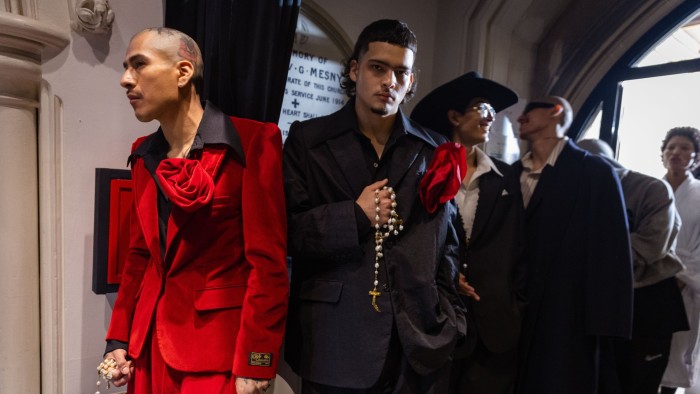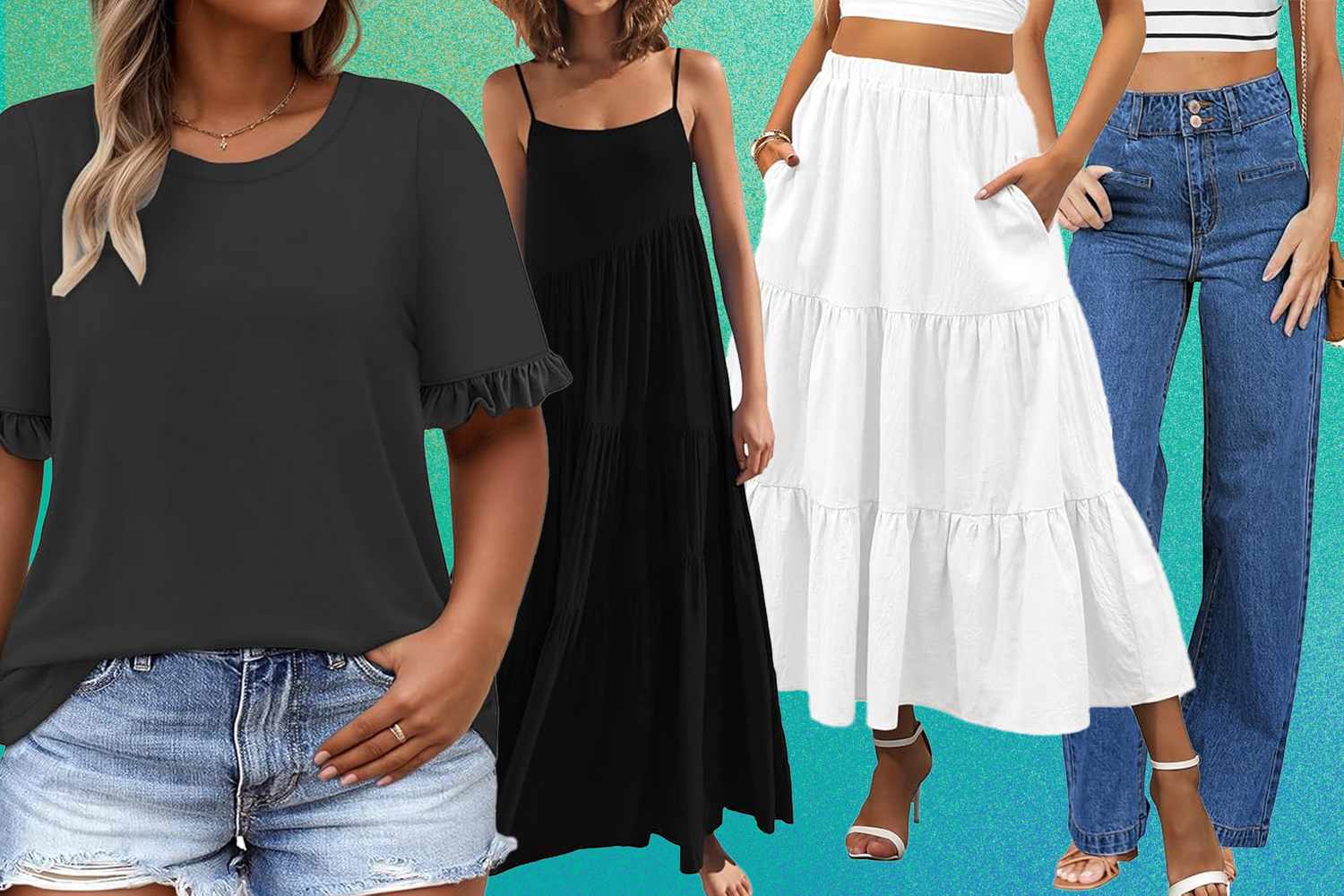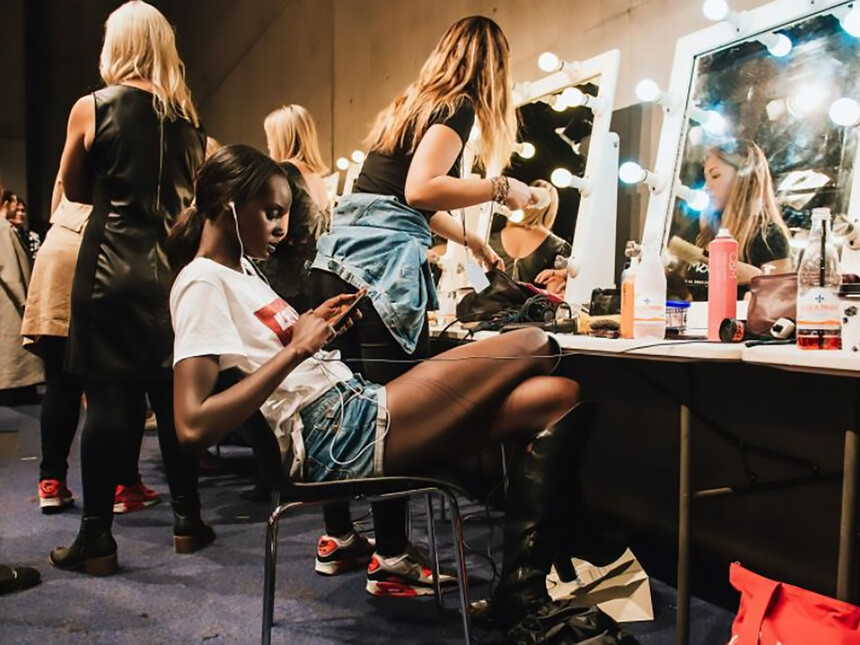It’s really not about finding shoes to fit and complementary shades of Pretty Polly tights. A fashion stylist today does so much more, and can be many things at once: editor, dramaturge, a fresh pair of eyes for a designer.
They can shape a collection long before showtime or distil the pure look of a brand more than its actual designer. On the runway, they can make or break a collection, persuading press and buyers that the message is the medium — and that it will sell.
Some designer-stylist partnerships are as mythologised as great love affairs or legendary outlaw duos. Think Alexander McQueen and Katy England or Helmut Lang and Melanie Ward — unforgettably poetic collaborations.
“Some of the McQueen and Lang shows were among the most memorable I have seen,” says Julie Gilhart, founder of retail consultancy Gilhart & Co. The shows were “an interesting case of a female perspective shaping a male designer’s visions. . . They knew how to [create] a very specific edgy allure.”
Gilhart cites the styling of recent presentations from Miu Miu and Willy Chavarria, by Russian stylist Lotta Volkova and Afro-Latino Carlos Nazario respectively, as being notably successful in creating a signature.

Great styling is no accident. Since 2021, what Lotta Volkova has done at Miu Miu could have been a disaster in less capable hands. She never settles for simplicity — every look is considered, sometimes deconstructed. The result is bold, sexy, and witty, but never absurd. And it sells (and is continually ripped off by fast fashion): the brand recently reported 93 per cent year-on-year retail sales growth, surpassing €1bn in revenues for the first time.
Jane How’s styling for Veronica Leoni’s recent Calvin Klein show demonstrated how subtlety can be transformative. With little jewellery and the lightest of make-up, it was as fresh as it was minimalist, evidence of how a 1970s New York label could move forwards today.


There are times when a show falls flat, no matter what the accessories or how endorphin-inducing the soundtrack is. As for coherent signatures, some shows offer a case study in how illegible they can become. For Moschino spring/summer 2024 — the season after Jeremy Scott stepped down as creative director — four stylists were each given a segment of the show to mark the 40th anniversary of the house. The brief: focus on the work of founder Franco Moschino. The result: a wacky Zoolander walk-off.
Moschino’s mash-up was an indulgent stunt and a calculated risk that didn’t pay off. With show costs running into six figures, styling carries real stakes — it must signal relevance and dynamism while ensuring commercial appeal.
But sometimes it misreads the market. As Gilhart cautions: “I have been to a showroom and bought things that were not seen on the runway. Styling is important to create mood, look and ambience, but clothes have a life after the show.”
Stylists to know
Benjamin Bruno

A former art critic, the French stylist is best known for partnering with Northern Irish designer Jonathan Anderson at the latter’s eponymous brand and, since 2013, Loewe. Their work is often sculptural in nature: for autumn/winter 2022, dresses shaped like cars were shown at Loewe along with chic jersey dresses made purposely bizarre with the strategic addition of deflated balloons. Models walked in furry slippers.
The following season, at JW Anderson, male models appeared shirtless, with BMX handlebars around their shoulders — a homoerotic suburban take on Mugler’s futurist motorbike bustiers from the 1990s. The output is commercially successful — Loewe reported year-on-year profits up 62.5 per cent last October.
Carlos Nazario

After assisting stylist Joe McKenna for five years, in 2019 Nazario was made global fashion director at i-D Magazine, and went on to create images with global viral appeal.
The American has dressed Lizzo in a red Valentino dress for American Vogue, making him the first Black stylist to get a US Vogue cover credit in the magazine’s history. His runway portfolio includes AMI, Michael Kors and the recent Jean Paul Gaultier by Ludovic de Saint Sernin couture show.
Nazario also collaborates with Willy Chavarria, helping hone a multiracial queer vision that was a sensation at Paris Fashion Week in January. Visually striking and openly activist, the designer’s show celebrated the individuality of its models, with “How we love is who we are” emblazoned on the clothes.
Camilla Nickerson

Publicity-shy British stylist Nickerson has no social media presence, yet she is one of the most celebrated stylists thanks to her runway work. Known for her skill in layering and editing sophisticated womenswear, she has shaped looks for Gabriela Hearst — including during the designer’s three years at Chloé — as well as Stockholm-based Toteme.
Nickerson’s early career involved assisting Hamish Bowles at Harpers & Queen in London. Bowles has described her styling as: “British . . . but not in a romantic or fantastical sense.”
Nickerson worked with Alexander McQueen creative director Sarah Burton on her shows from 2010 until 2023. Nickerson’s own look incorporates masculine tailoring with a frisson of grunge and a pair of glam heels. It’s luxury, with a unique energy.
Robbie Spencer

The British former creative director of Dazed magazine, Spencer has styled shows for Craig Green, Y/Project and Y-3. But he is probably best known as the stylist of Simone Rocha’s London shows since autumn/winter 2016.
“He comes in early to see the bones of the collection, so I can look at it again with fresh eyes,” says Rocha. Spencer comments that “after working together for so long, we are intuitive about what we think works and what does not”. For Rocha’s spring/summer 2025 show, they came up with the idea of models playing characters between rehearsal and performance. “Some of the looks were a collision — a tutu bursting out beneath a tailored coat that had been sliced, thrown over a model as if she was a dancer who had just nipped outside for a smoke,” says Rocha.
Lotta Volkova

Volkova is a stylist with a signature look as strong as the designer she is associated with. She has been working with Miuccia Prada at subsidiary Miu Miu since 2020, a brand most often described as “youthful”. Volkova channels that with an anarchic energy honed working with Gosha Rubchinskiy, Demna Gvasalia at Vetements and Balenciaga.
Volkova, who grew up in Soviet-era Vladivostok, has radically changed the Miu Miu aesthetic. Many of the looks that appear are about extreme juxtaposition. For spring/summer 2025, Volkova’s girls looked like they’d thrown on outfits for a beach club after a weekend dancing — blazers over bikinis, gold heels, floral chain belts draped over skimpy red bottoms, and plenty of skin revealed through stretch fabric cutouts.


